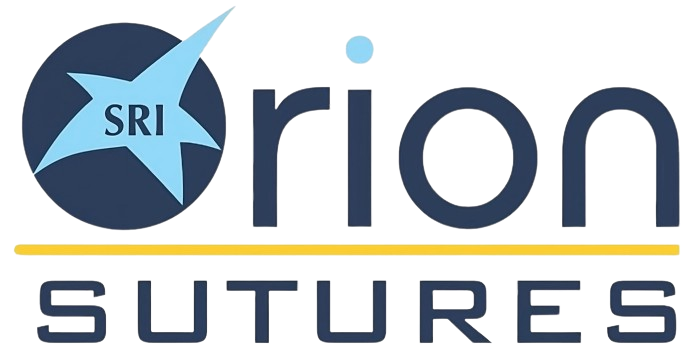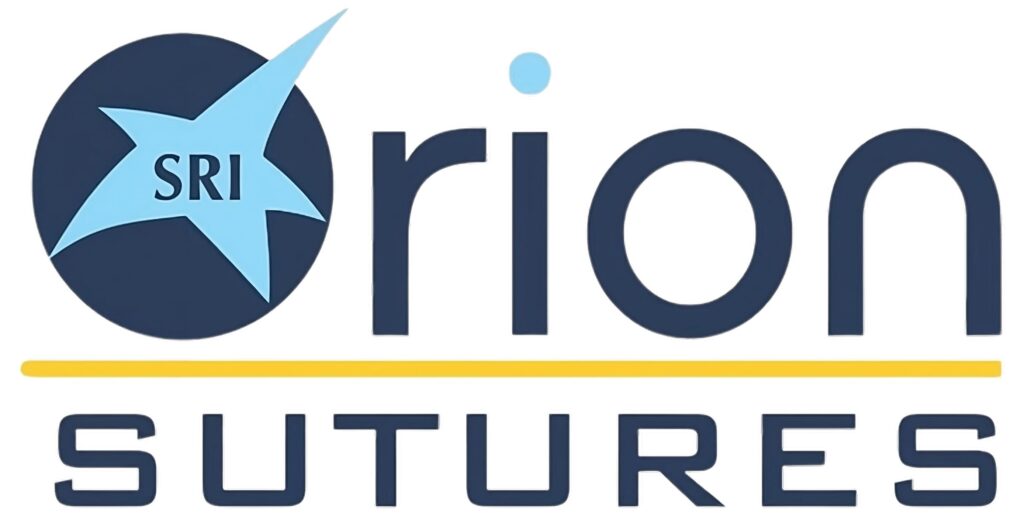Gynecological and orthopedic surgeries demand meticulous attention, including the selection of sutures. Vicryl sutures or polyglactin suture has gained prominence due to their unique properties and advantages. In this blog post, we will explore the reasons why Vicryl sutures are widely used in these specialized fields, highlighting their benefits and applications.
- Versatility and Adaptability: Vicryl sutures offer versatility that caters to the diverse needs of gynecological and orthopedic surgeries. With a range of sizes, lengths, and thread designs, surgeons can choose the most suitable sutures for various procedures, including wound closure, tissue approximation, and ligature placement. This adaptability ensures optimal outcomes in a wide array of surgical scenarios.
- Biocompatibility and Absorbability: Vicryl sutures’ biocompatibility is a significant element in their popularity. The body tolerates these sutures well and has few negative effects. This biocompatibility is crucial in gynecology and orthopedics because sutures come into contact with sensitive tissues. Additionally, Vicryl sutures are absorbable, gradually breaking down over time, eliminating the need for suture removal and reducing associated discomfort and complications.
- Tensile Strength and Knot Security: Vicryl polyglactin 910 sutures offer excellent tensile strength, allowing them to withstand tension and stress encountered during the healing process. In gynecological and orthopedic surgeries, where sutures play a crucial role in wound closure, this quality is essential. Moreover, these sutures provide reliable knot security, ensuring that surgical incisions remain securely closed throughout the critical postoperative period.
- Minimal Tissue Reactivity: The biocompatibility of Vicryl sutures translates into minimal tissue reactivity. By reducing the likelihood of adverse tissue reactions, these sutures promote favourable healing outcomes. In gynecological and orthopedic surgeries, where sutures often interact with vital structures and sensitive tissues, this quality is particularly advantageous.
- Cost-Effectiveness: Vicryl sutures strike a balance between quality and affordability, making them a cost-effective choice for healthcare providers and institutions. In an era where the costs of surgical procedures and supplies continue to rise, the ability to utilize sutures that offer both clinical benefits and financial feasibility is highly advantageous.
- Enhanced Surgeon Confidence: The use of Vicryl sutures can contribute to enhanced surgeon confidence during procedures. These sutures are trusted by healthcare professionals worldwide, and their consistent performance and reliability instill confidence in surgical teams. Surgeons can focus on the intricacies of the procedure, knowing that they have a dependable suture material at their disposal.
- Extensive Clinical Evidence: Vicryl sutures have a robust clinical evidence base supporting their efficacy and safety. Numerous studies and research trials have demonstrated their favourable outcomes in gynecological and orthopedic surgeries. This extensive body of evidence provides further reassurance to surgeons and helps guide evidence-based decision-making in suture selection.
- Environmental Considerations: Vicryl sutures align with sustainability efforts due to their absorbable nature. As they are naturally broken down by the body, the need for suture removal and disposal is eliminated. This reduction in medical waste contributes to environmentally friendly practices in healthcare settings.
Conclusion: Vicryl sutures have emerged as a popular choice for gynecological and orthopedic surgeries due to their versatility, adaptability, biocompatibility, absorbability, tensile strength, knot security, minimal tissue reactivity, and cost-effectiveness. These sutures provide surgeons with reliable tools for wound closure, tissue approximation, and ligature placement, thereby contributing to successful surgical outcomes. However, it is important to consider individual patient factors and consult with the surgical team before finalizing suture selection in each case.

